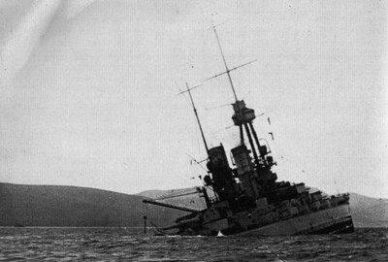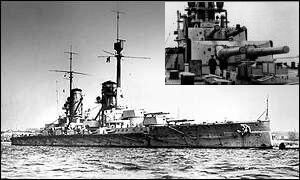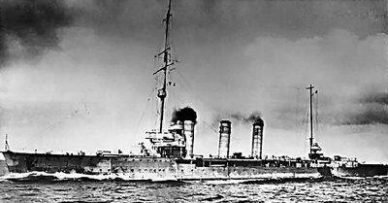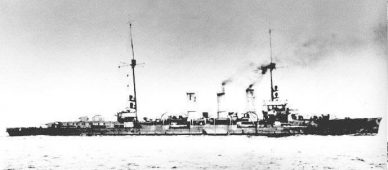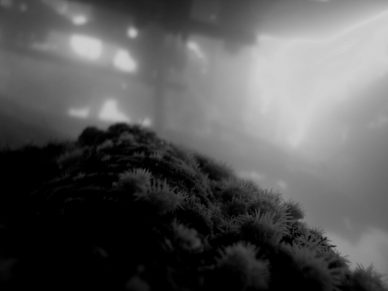Diving>The German Fleet Wrecks
The German Fleet Wrecks of Scapa Flow
Scapa Flow is a huge natural harbour formed within the Orkney Islands with over 140 square miles of comparatively calm water within its bounds. Used in both world wars as protection for the British Fleet, the islands became home to tens of thousands of service personnel. At the signing of the armistice the German fleet was interred with skeleton crews at Scapa until its fate could be decided. Admiral von Reuter mistakenly believed war was about to break out, so on the 19th June 1919 he gave the order for the fleet to be scuttled. This was carried out swiftly while the British guarding ships were out on exercise and could not stop them. In the end 51 ships went to the bottom of Scapa Flow, others were run aground to prevent them sinking.
Post war salvage raised most of the ships for scrap, but seven remain submerged forever in the waters of Scapa Flow.
Scapa Flow is one of the jewels in the crown of UK scuba diving. The remains of the German fleet still lie in the flow, heavily protected from any sort of salvage or interference by divers. Their legacy is some of the best scuba diving in the world, the behemoths of the battleships rising from 45m to 22m, guns pointing into the green, seemingly on eternal patrol. The stricken cruisers on their sides, their superstructures slowly falling to the seabed after more than 100 years underwater.
All of the WWI German wrecks lie approximately 50 minutes from the port of Stromness. All have a shotline on them. Maximum depths to the seabed is around 44m. Least depth to the seabed is around 12m.
Other Scapa Flow dives can be read about here – North Isles and Other Orkney Dives
Scapa Flow – The Big Seven
SMS Markgraf
(Max depth 45m) A Konig Class Dreadnaught, launched in 1913. With a length of 177 metres, she displaced 25,400 tons. Heavily armoured and armed with 12-inch main guns. The Markgraf now lies upside down on her port side. The top of the hull is at 19 meters.
SMS Kronprinz Willhelm
(Max depth 38m) Another Konig Class, displacing 25,400 tons, she was launched in Kiel in 1914. The Kiel Canal had to be widened to get her to open sea. Lying upside down to her starboard side, the hull starts in about 16 metres and her main guns can be seen at the seabed in 38meters.
SMS König
(Max depth 42m) The König was the flagship of the Third Battle Squadron at Jutland and was the name-ship of her class. She was built at Wilhelmshaven in 1913-1914. She now lies close to the island of Cava upside-down with a list to port. Top of the hull is 21 metres. Badly broken in places by salvaging she still makes for a great dive outside and with care inside.
SMS Brummer
(Max depth 34m) This mine laying cruiser displaced 4300 tons and had an overall length of 140 metres. Built at Stettin, and launched in 1915, she was manoeuvrable and fast, at over 28 knots. She lies on her starboard side with her port rail at about 20 metres. Her largely intact bridge structure is a must see.
SMS Brummer
SMS Dresden
(Max depth 38m) Weighing 5500 tons this light cruiser is largely intact with the anchor chain, guns, armoured bridge, range finder and name-ship shield all worth visiting on a dive. She lies on a slope with her bows in 27 meters and her stern in 38.
SMS Cöln
(Max depth 36m) This 118 meter long, 5500 ton light cruiser was built in Hamburg in 1916.
The Cöln lies on her starboard side with the top of her hull at 19 meters. One of the best dives for many visitors the Cöln is largely intact, however the hull has many swim throughs that can be navigated with caution.
SMS Karlsruhe
(Max depth 28m) This Light cruiser lies in shallower water with the least depth over her port side of about 14 metres. The Karlsruhe has been heavily salvaged with only her stern section remaining intact, however all over the still shipshaped wreck, features like gun turrets, piping, armour and capstans can be made out. A great dive in shallow water she is covered in life and home to many fish.
What about the Blockships and the James Barrie I hear you cry!

